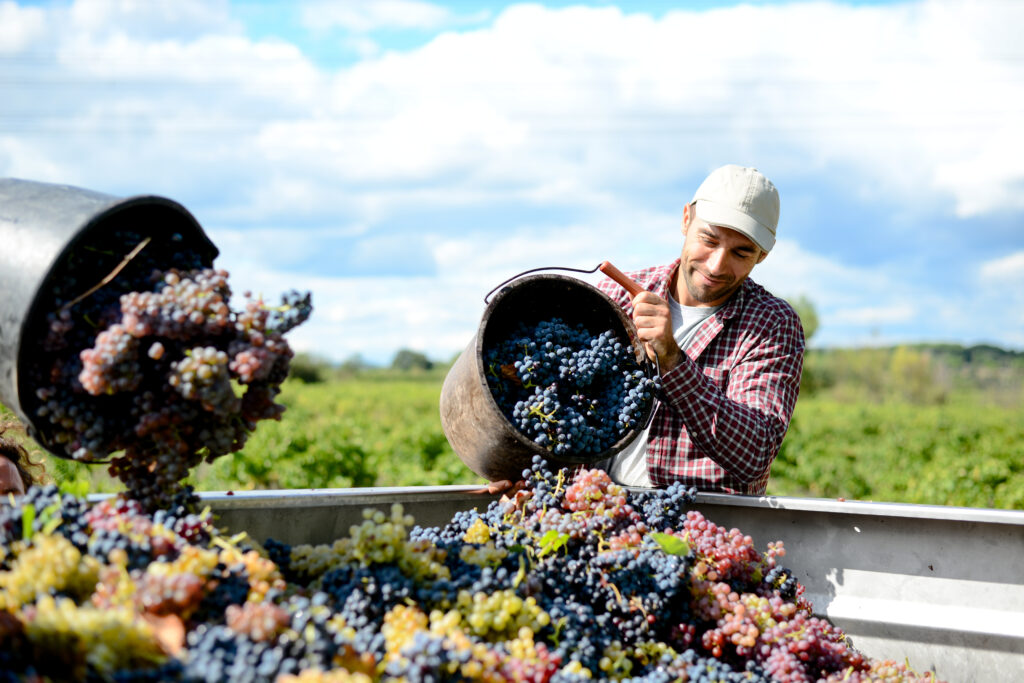In Burgundy, France, winemakers face growing uncertainty after recent U.S. tariffs on European goods, including wine. On April 5, a 20% tariff was announced, later reduced to 10%, but with warnings it could rise depending on trade talks. This move has unsettled producers who rely heavily on American buyers.
Winemaker Cécile Tremblay exports over half her wine through her domaine, with the U.S. taking 10% of her output. “Of course I’m worried,” she said quietly. The region’s Burgundy Wine Board president, François Labet, stressed that the U.S. is their largest market by volume and revenue. Despite last year’s global drop in French wine exports, Burgundy’s U.S. shipments rose 16%, reaching €370 million.
Burgundy mainly produces white wines, especially Chardonnay, and sparkling Crémant. While red wine demand dips, lighter whites and sparkling wines remain popular, fitting current consumer tastes. Labet explained that Burgundy’s cooler climate keeps alcohol levels lower than wines from warmer regions, matching American preferences.
The tariff recalls past pain. In 2019, a 25% U.S. tariff on European wines cut exports by half. Labet warned that another increase could freeze the market again. Jerome Bauer, head of France’s National Wines and Spirits Confederation, called for ending tariffs completely to restore free trade and protect Europe’s wine surplus with the U.S.
Interestingly, American winemakers oppose these tariffs too. Rex Stoltz, Napa Valley Vintners’ vice-president, pointed out that tariffs raise costs for U.S. producers as well, since their supplies come from Europe and other countries. Canadian retaliation has also hurt U.S. exports. Stoltz emphasized the need for fair global competition without trade barriers.
From Burgundy’s vineyards to Napa Valley, the wine industry feels caught in political crossfire. As tariffs rise, producers face higher costs and fewer markets. The situation shows how global trade conflicts affect everyone, even in industries rooted in tradition and the land.
